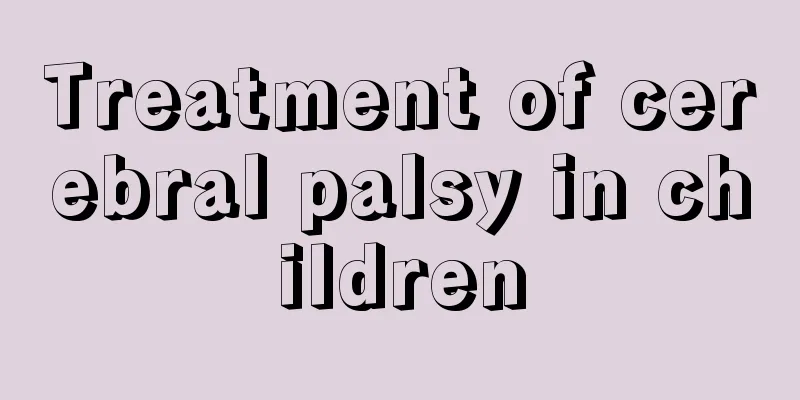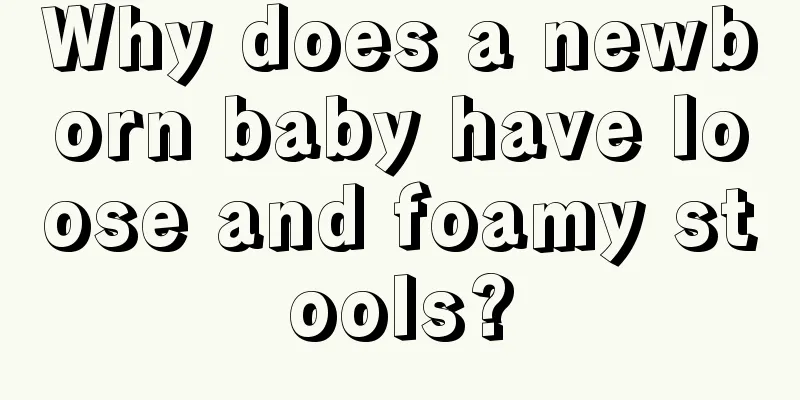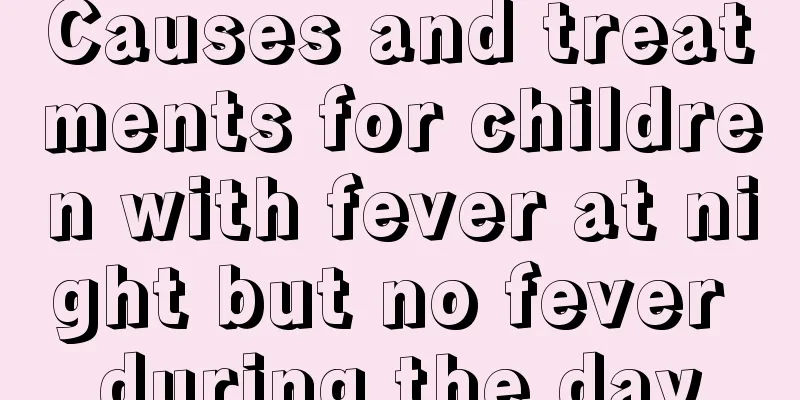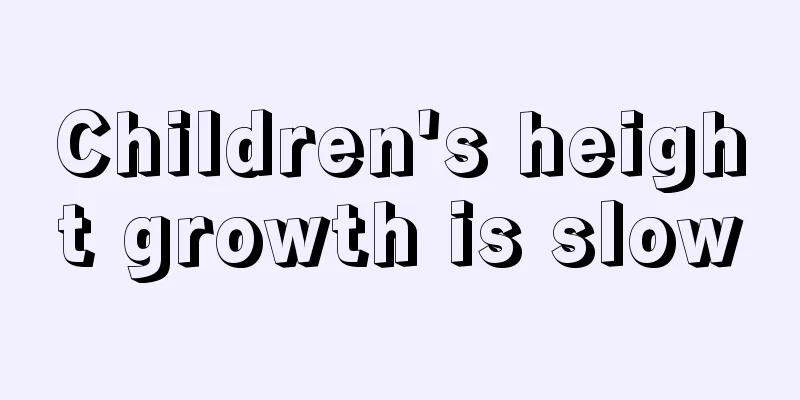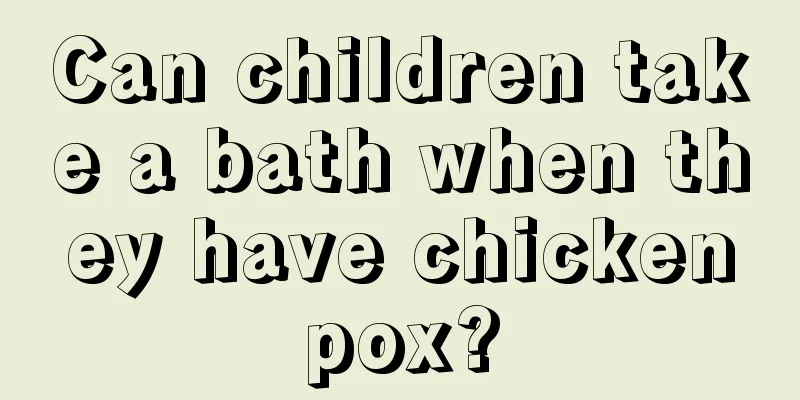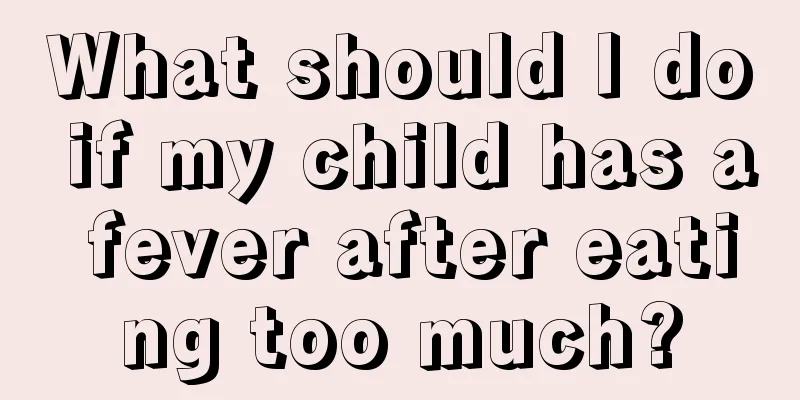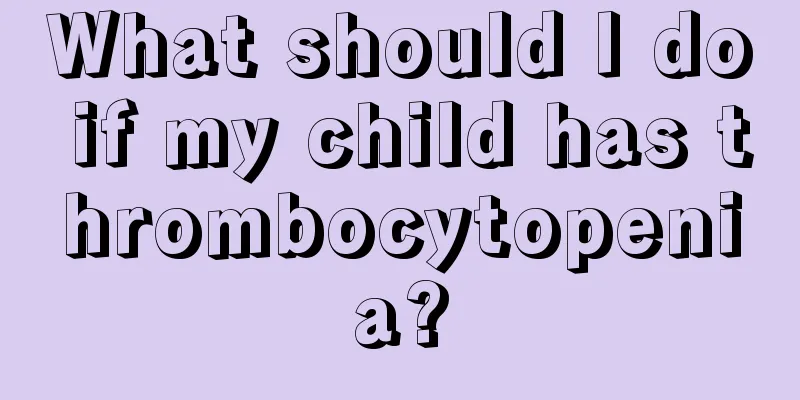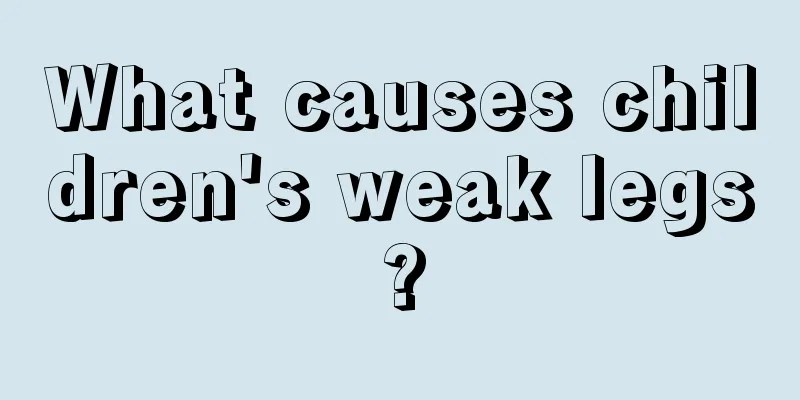What are the symptoms of epilepsy in children?
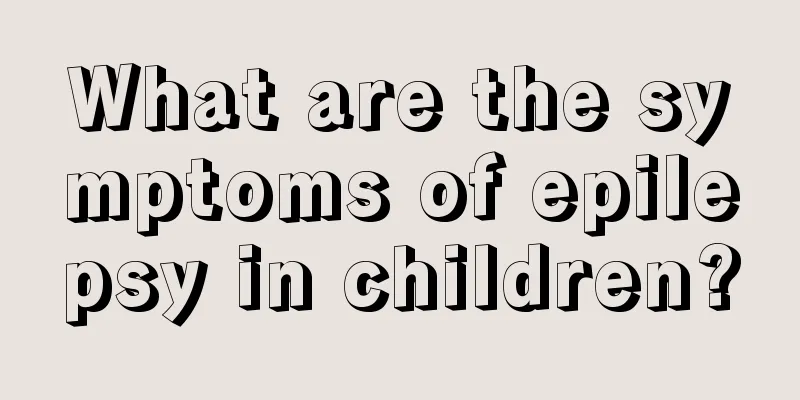
|
Children's physical health is easily affected by some adverse factors, especially neurological diseases can cause great damage to children's bodies. Among them, epilepsy is a disease with a very high incidence rate. Generally, childhood epilepsy has congenital factors, so it is easier to diagnose. Let's take a look at the symptoms of childhood epilepsy. I hope everyone can understand it. Symptoms of a minor epileptic seizure are as follows: 1. If the patient suddenly stops moving, does not respond to calls, has dazed eyes, and chews, swallows, smacks his lips, or has slight tremors in the face and upper limbs, be sure to record the exact duration of the attack. After the attack, ask the patient if he felt any discomfort before and after the attack, and whether he knew he had an attack. 2. For patients with grand mal epileptic seizures, it is important to observe whether they have any premonitory symptoms, such as whether they have hallucinations or illusions before they start to convulse, whether they have any emotional reactions, etc., and pay attention to their manifestations. 3. During a major epileptic seizure, do the convulsions start on both sides simultaneously or from which side? Which side or limb has more severe convulsions and lasts longer? During the seizure, do the head and eyes tilt to one side? Do the corners of the mouth tilt to one side? These may indicate the starting point of the epileptic discharge, that is, the site of the lesion. 4. Whether the patient has bitten his tongue (spitting blood foam from the mouth) during an epileptic seizure, whether he has fallen, whether he has abrasions on his body during convulsions, and whether he has incontinence of stool or urine (especially urine). These situations can help determine whether the patient has actually lost consciousness. 5. The time and place of the patient's seizure are day or night, whether the seizure occurs during sleep or before falling asleep, and whether the seizure occurs in the presence of others or in the absence of anyone. These are helpful in distinguishing whether it is an epileptic or hysterical attack. 6. For patients who suddenly fall, lose consciousness, and do not have convulsions, you should pay attention to observe and ask whether they have palpitations, chest tightness, cold sweats before the attack, whether their pulse is too fast or too slow, how regular and strong it is, how high their blood pressure is, whether the onset is after a meal or when they are hungry, and whether their whole body is stiff or soft. These will help to distinguish between syncope and epilepsy. |
<<: What are the symptoms of touching the fontanelle?
>>: The child's eyes suddenly became swollen
Recommend
How to treat eczema in a 3-year-old child?
In general, eczema is a minor illness and not a s...
Symptoms of rhinitis in seven-month-old baby
Although we often hear about rhinitis in our dail...
What to do if a four-year-old has diarrhea
Many babies will suffer from diarrhea, and when p...
What to do if your baby has thrush
Thrush is a relatively common skin disease. There...
How to change milk powder for a 2-year-old baby
Nowadays, many mothers feed their babies with mil...
What causes pain in the knee of a child?
Children often suffer from knee pain, which troub...
What is the reason for the green stool of the full-month baby?
The health of the baby is something that we as pa...
What are the symptoms of tuberculosis in babies?
Tuberculosis is a disease that can easily damage ...
What disease is it that causes white spots on children's bodies?
In life, once people hear about or see white spot...
What should I do if my child has a broken head?
Children are naturally active. When their childre...
What calcium tablets can children take to grow taller
When it comes to calcium supplementation for babi...
Blue on both sides of the child's nose
If a child's nose wings appear to be in heat,...
Why can't a two-month-old baby sleep soundly?
After the joy of becoming a mother for the first ...
What symptoms does potassium deficiency cause in children?
When children are deficient in potassium, parents...
Ways to improve your child's memory
Improving children's memory is the hope of pa...

